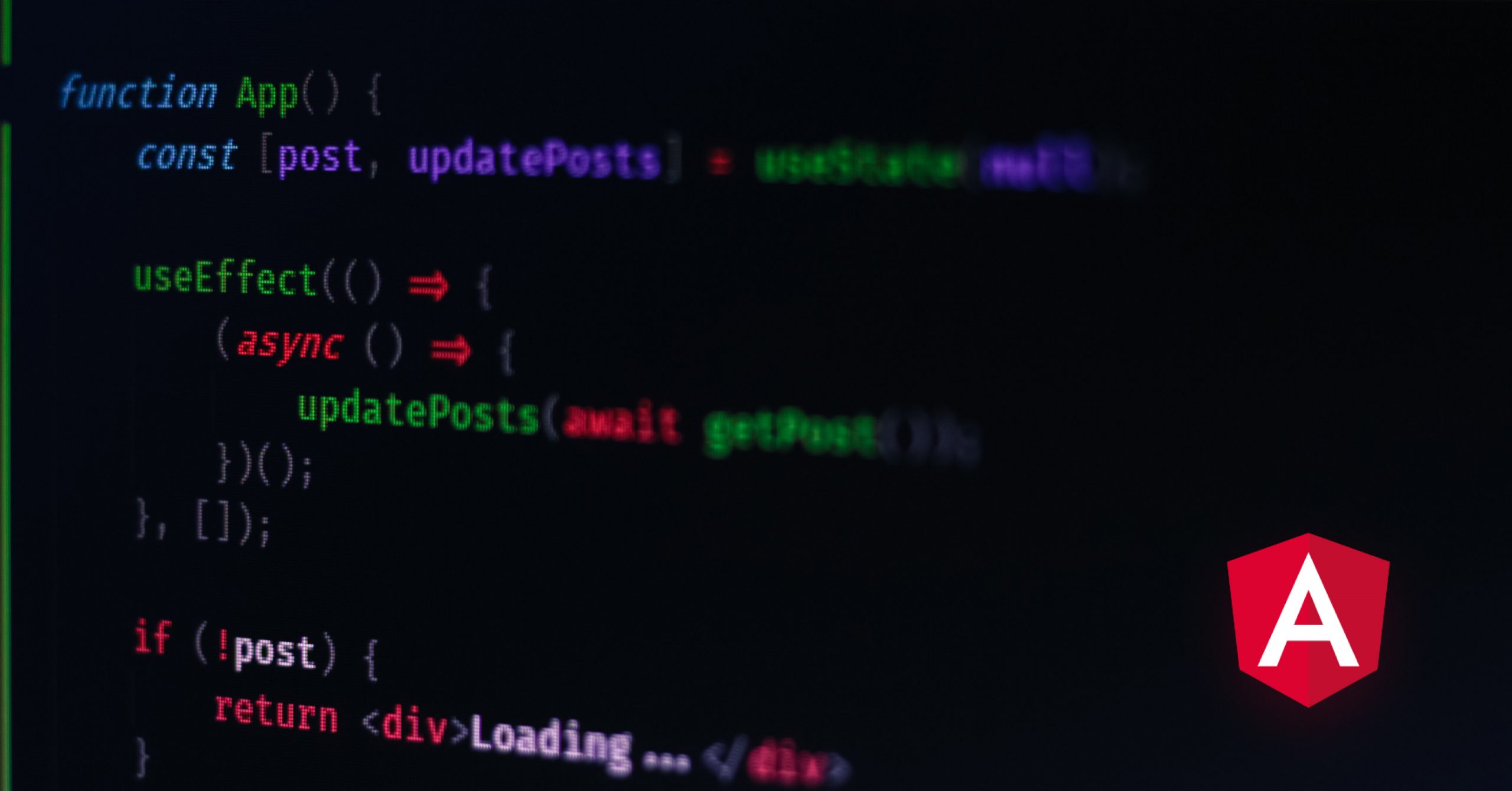
6 Essential Prerequisites for Learning AngularJS
Sep 17, 2024 4 Min Read 5773 Views
(Last Updated)
Ever wondered why AngularJS is said to be the “superheroic JavaScript platform”? Find out the 6 Prerequisites for Learning AngularJs that will help you answer that question.
AngularJS is considered to be the best web development framework and is gaining popularity. Top firms that use AngularJS in their technology stacks are:
- Amazon
- Udemy
As you know, AngularJS is a JavaScript framework that allows you to build MVC-based web applications. It extends its syntax for constructing different application components by using HTML as a modeling language.
Less coding and powerful time-saving features have made AngularJS a buzzword in the web development world.
AngularJS is written in JavaScript, which makes it possible to use HTML as a master language. With all of these advantages, if you are interested in web development, you can begin learning AngularJS right away!
Table of contents
- Why choose AngularJS?
- 6 Prerequisites for Learning AngularJs
- #1 JavaScript
- #2 Typescript and ES6
- #3 HTML and CSS
- #4 NodeJS and NPM
- #5 Understanding of Model-View-Controller (MVC)
- #6 Document Object Model (DOM)
- Additional Hacks
- Conclusion
- FAQs
- Q1. What are the prerequisites to learn AngularJS?
- Q2. How many days required to learn AngularJS?
- Q3. How do I start learning AngularJS?
Why choose AngularJS?
AngularJS has a plethora of useful features that entice web developers to learn it. It is a powerful platform for building Rich Internet Applications (RIA). AngularJS gives developers the ability to write clean Model View Controller (MVC) client-side applications using JavaScript.
AngularJS-based applications are also cross-browser compatible by automatically managing the JavaScript code that suits each browser. AngularJS also uses Directives, which is its way of adding additional functionality to HTML.
It is also an open-source framework that is fully free to use, and it is used by thousands of developers all over the world. It is distributed under the Apache License 2.0.
Before diving into the next section, ensure you’re solid on full-stack development essentials like front-end frameworks, back-end technologies, and database management. If you are looking for a detailed Full Stack Development career program, you can join GUVI’s Full Stack Development Course with Placement Assistance. You will be able to master the MERN stack (MongoDB, Express.js, React, Node.js) and build real-life projects.
Additionally, if you want to explore JavaScript through a self-paced course, try GUVI’s JavaScript certification course
6 Prerequisites for Learning AngularJs
Next, we will introduce you to the most essential prerequisites to kickstart your coding journey on AngularJS. You’ll be able to create large-scale applications fluently and easily once you’ve mastered AngularJS.
There are six basic prerequisites for learning AngularJS. They are:
#1 JavaScript
JavaScript is a scripting language for object-oriented programming. It can be described as multi-paradigm, prototype-based, imperative, functional, and event-driven language. JavaScript can be combined with any of the most recent user interface technologies to create web applications.
Understanding the fundamentals of JavaScript is needed to use AngularJS effectively. Furthermore, the value you obtain from AngularJS will be proportional to your JavaScript proficiency.
AngularJS heavily uses JavaScript Namespace and inheritance.
Inheritance is a very important concept in JavaScript which is heavily used in all other front-end frameworks. You can easily add properties to the prototype using this feature. Thus JavaScript is the fundamental prerequisite for AngularJS.
#2 Typescript and ES6
TypeScript is a typed JavaScript superset that compiles to plain JavaScript. This is a strongly typed language that allows you to build JavaScript applications using class-based OOPs. AngularJS applications can benefit from TypeScript to boost refactoring and quality.
The latest versions of AngularJS use TypeScript, so existing TypeScript-based AngularJS apps can be easily transitioned to the latest versions.
ES6 is a scripting language standard that includes JavaScript, ActionScript, and JScript. It was created as a way to standardize JavaScript at first. It has various features such as Let and Const, Arrow functions, Default parameters, spread attributes, Maps, Sets, Static methods, and Getters and Setters, etc.
#3 HTML and CSS
HTML and CSS are the foundations for all front-end developers. AngularJS allows you to use HTML as your template language and expand HTML’s syntax to articulate the components of your application simply and succinctly.
The majority of the AngularJS templates are handcrafted HTML. As a result, you must be familiar with HTML forms and tags such as ng-form.
Through developing new HTML constructs, AngularJS tries to reduce the impedance mismatch between document-centric HTML and what an application needs. AngularJS uses a framework called directives to teach the browser new syntax.
To make a more appealing UI interface, you can use CSS when handcrafting the prototype.
#4 NodeJS and NPM
Node.js is a cross-platform runtime library and environment for executing JavaScript outside the browser. This platform provides a large library of JavaScript modules to make web development easier.
The Node Package Manager (NPM) helps with JavaScript program installation and management. By installing Node JS, we also get NPM, which is a command line designed to download and manage Node packages. We use it to download the AngularJS framework along with the development and testing tools.
The NPM registry also stores the file that is submitted. Developers can get the resources they need to build apps from the NPM registry.
#5 Understanding of Model-View-Controller (MVC)
The Model-View-Controller (MVC) architectural pattern divides an application into three logical components: model, view, and controller. Each of these components is designed to handle unique aspects of application creation.
The model is the most important element of the pattern. It is the dynamic data structure of the application which is independent of the user interface. It helps indirectly manage the data, logic, and rules of the application.
The view is a map, diagram, or table which is a visual representation of the data. The controller accepts input and transforms it to model or display commands.
MVC is a common industry-standard web development platform for developing scalable and extensible projects.
#6 Document Object Model (DOM)
The Document Object Model (DOM) is a cross-platform, language-independent interface that treats an XML or HTML document as a tree structure, with each node representing a part of the document as an object.
It is a logical tree that represents a text. Each branch of the tree terminates in a node, which houses objects.
DOM methods provide programmatic access to the tree; they can be used to modify a document’s structure, design, or content. Event handlers may be connected to nodes. The event handlers are called when an event is triggered.
Additional Hacks
The following are some additional hacks that you need to know to make coding in AngularJS easier: These are the supplementary prerequisite for AngularJS that helps to achieve expertise for beginners.
- Design Principal
It is a design principle that divides a computer program into distinct parts, each of which addresses a different issue. AngularJS makes extensive use of the SOC concept. All of the controllers, directives, utilities, and factories in AngularJS are designed for SOC. It produces code that is leaner and more readable. When you use the SOC concept, the reusability improves as well.
- Promises
Promises are nothing more than a series of callbacks. Any AngularJS service you call will be called asynchronously. When a response from a service callback is received, promises help to keep the response and take action as required.
- Testing
One of the best things about AngularJS is that you can quickly write test scripts. Both Unit testing and Integration testing are supported by AngularJS.
These three prerequisites to learn AngularJS will help in improving efficiency.
Kickstart your Full Stack Development journey by enrolling in GUVI’s Full Stack Development Course with Placement Assistance where you will master the MERN stack (MongoDB, Express.js, React, Node.js) and build interesting real-life projects. This program is crafted by our team of experts to help you upskill and assist you in placements.
Alternatively, if you want to explore JavaScript through a self-paced course, try GUVI’s JavaScript course.
Conclusion
As a web developer, you will need to learn new frameworks on a daily basis. AngularJS is a platform for developing large-scale, high-performance, and simple-to-maintain web applications, with a large developer following. The AngularJS architecture creates rich interactive features for a real-time experience in single-page applications.
Since AngularJS is commonly used by individuals and companies in every sector around the world, candidates with a strong understanding of the language have a lot of career options. We have tried to compile a list of the most important prerequisites for AngularJS in this article.
Working through the prerequisites mentioned in this article will be a great way to learn AngularJS!
FAQs
Q1. What are the prerequisites to learn AngularJS?
Ans. Some of the prerequisites for learning AngularJS are:
Basic knowledge of HTML, CSS, & JavaScript
Model-View-Controller (MVC) concept
Document Object Model (DOM)
JavaScript functions, events, and error handling, etc.
Q2. How many days required to learn AngularJS?
Ans. For a beginner, it will take around 2-3 months to learn the basics with proper understanding. Later, you can also advance your learning by working on real-time projects.
Q3. How do I start learning AngularJS?
Ans. To start learning AngularJS, you can move from basics to advanced level:
Knowledge of HTML, CSS, and JavaScript.
JavaScript functions, error handling, and events.
Basic knowledge of the Document Object Model(DOM)
Model-View-Controller(MVC) concepts.
Knowledge of Node JS and Node Package Manager(npm)
Angular CLI.
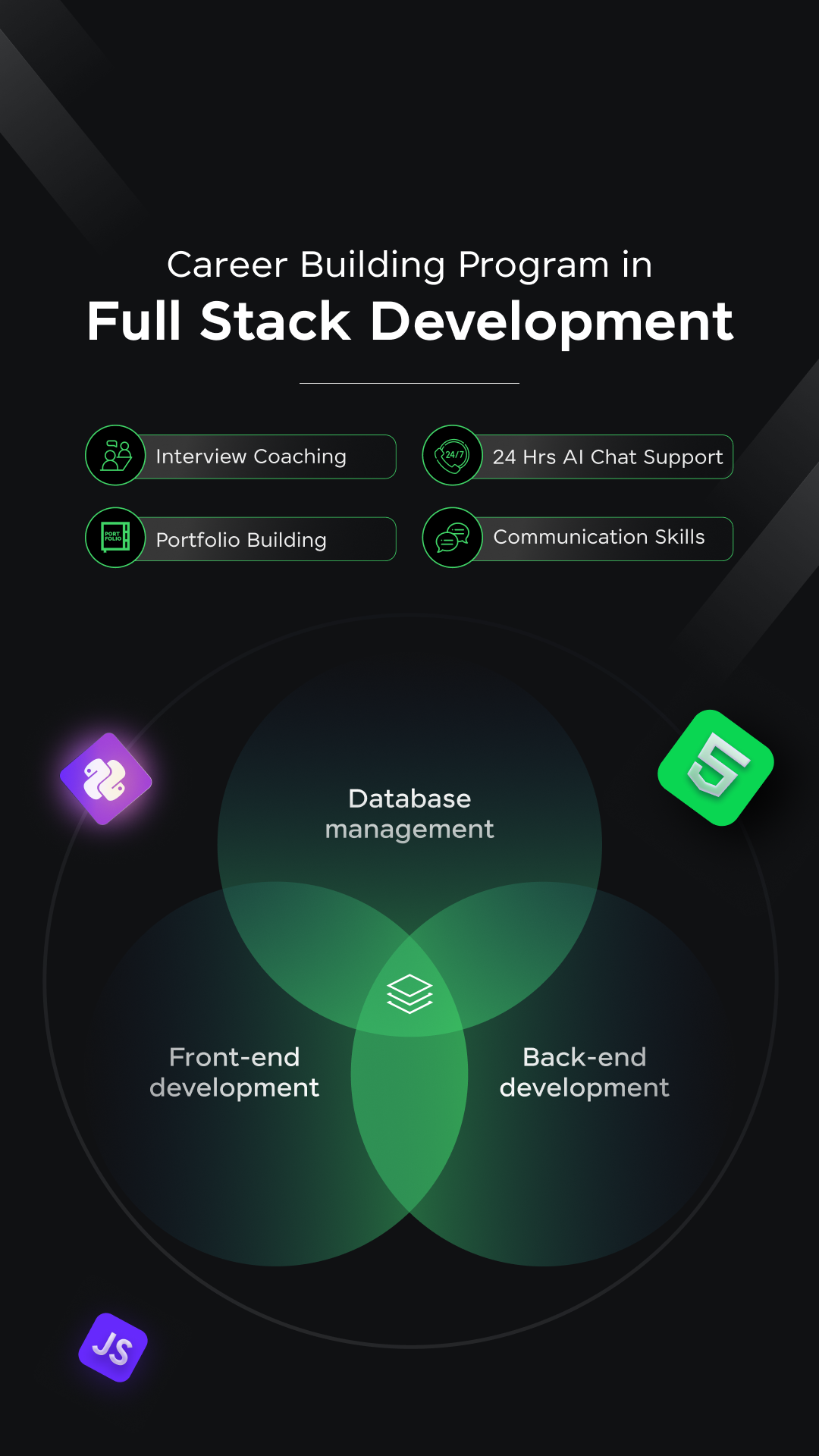









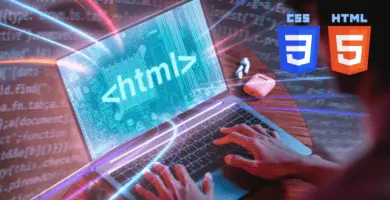









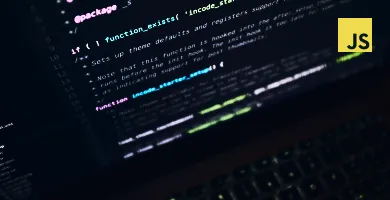
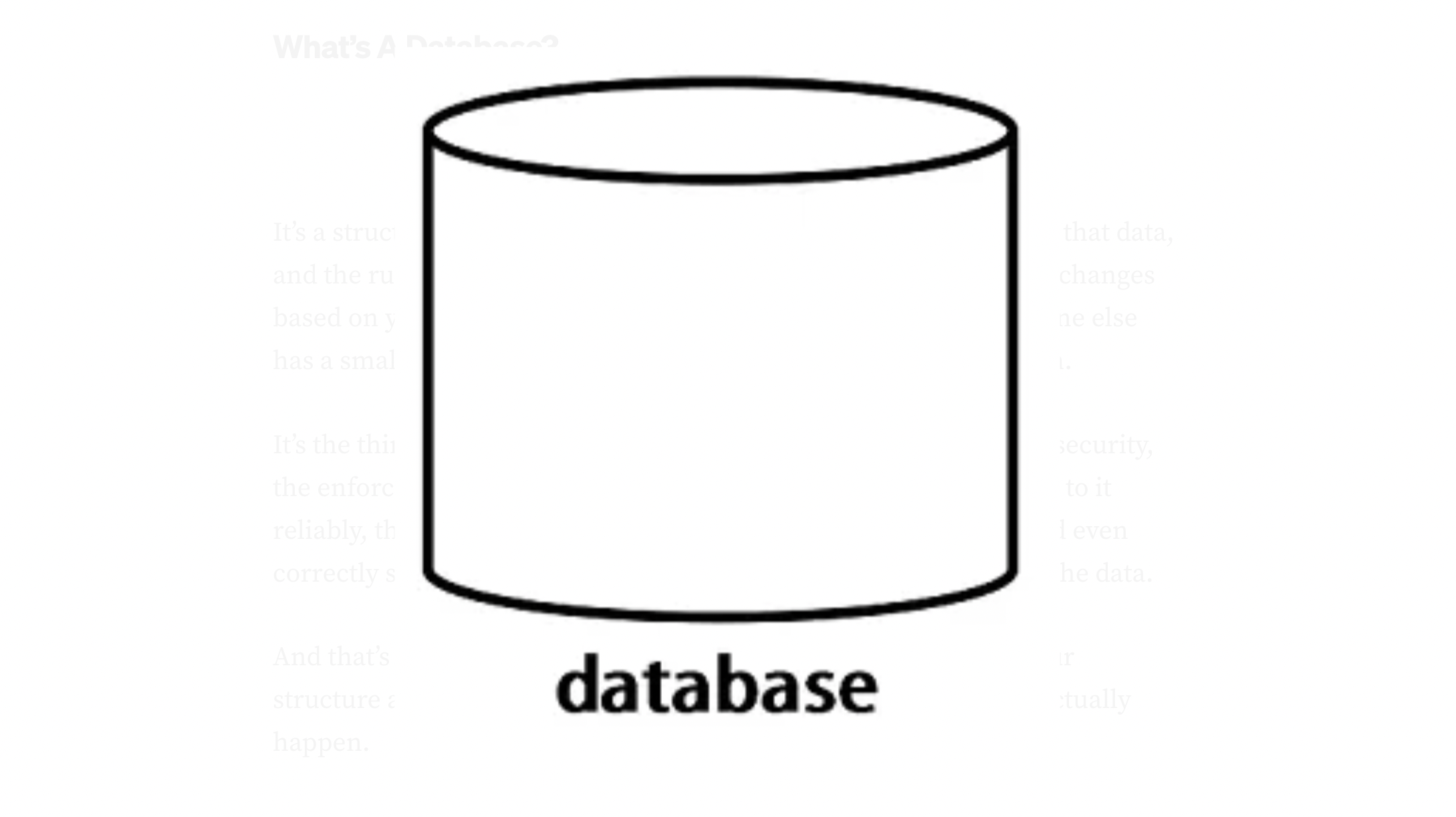







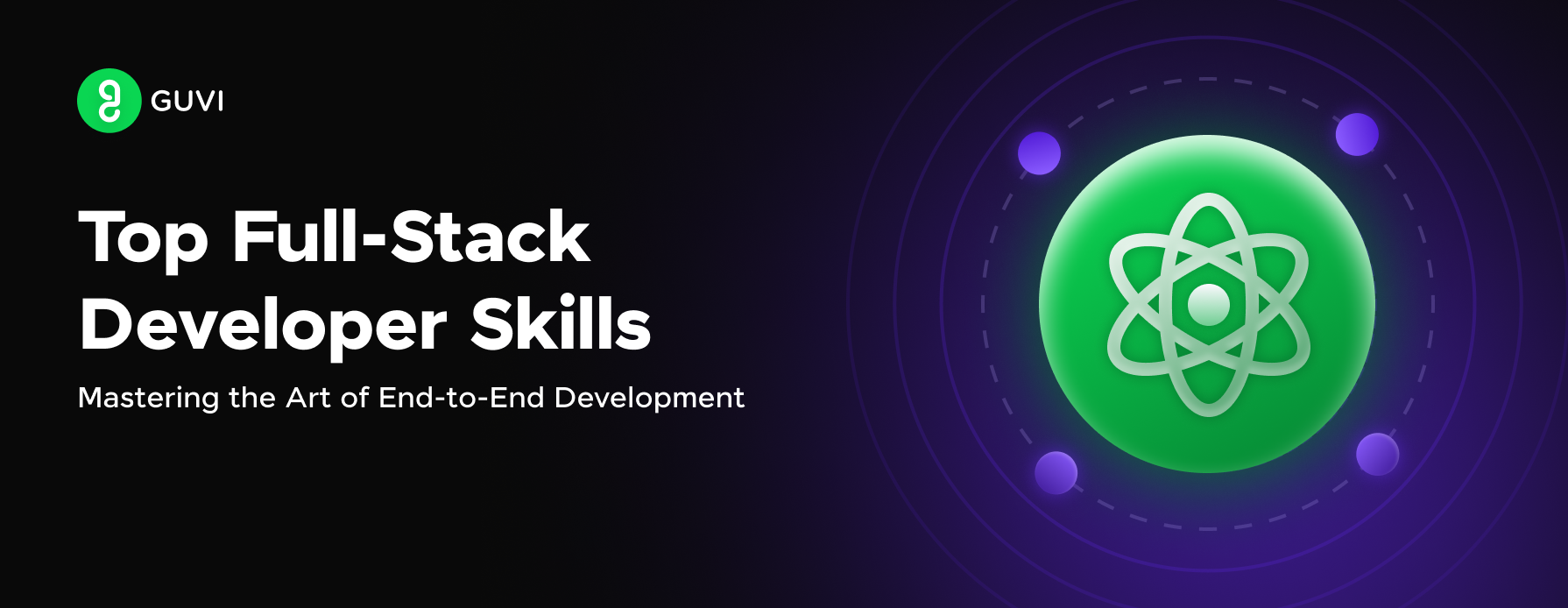
thank you